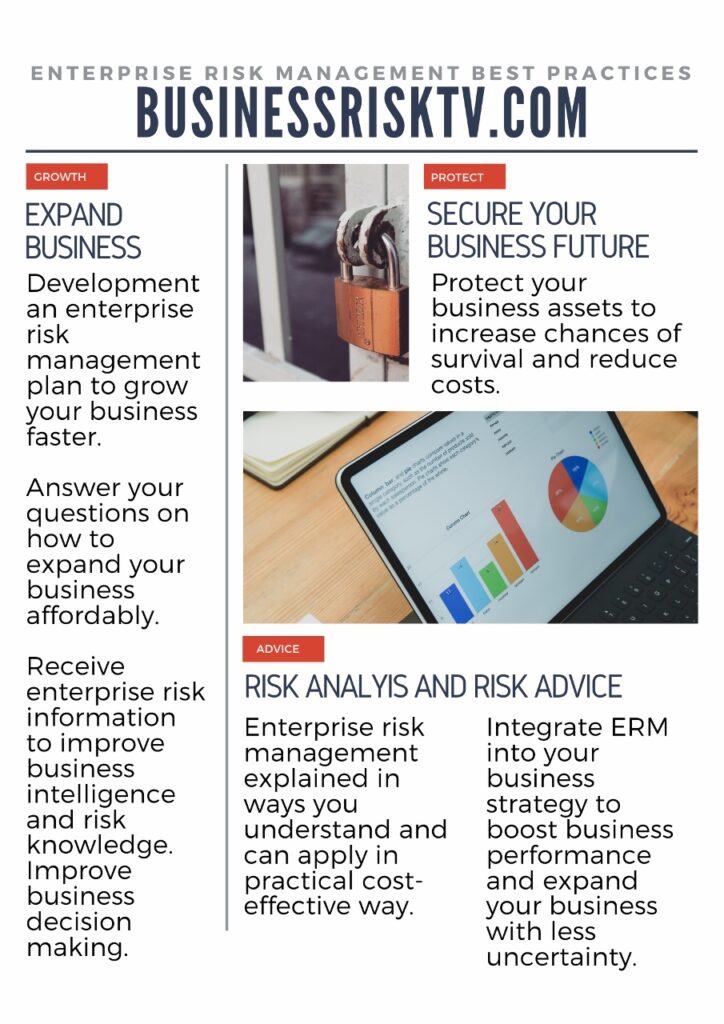The A Political Quagmire: Navigating Uncertain Seas in the US and UK
The year 2023 has painted a stark picture of political dysfunction in both the United States and the United Kingdom. In the US, a gridlocked Congress produced a meager 23 bills, a far cry from the legislative productivity expected from the world’s leading democracy. Across the Atlantic, the echoes of Brexit continue to reverberate, with the UK Parliament bogged down in endless debates instead of tackling the pressing economic challenges facing the nation. This grim reality poses a significant challenge for individuals and businesses in both countries, leaving them adrift in a sea of uncertainty.
The American Stalemate: A Congress in Paralysis
The 2023 legislative output of the US Congress stands as a testament to the deep partisan divide currently gripping American politics. Republicans and Democrats seem locked in a perpetual tug-of-war, more interested in scoring political points than finding common ground. This has resulted in a legislative drought, leaving crucial issues like healthcare reform, infrastructure development, and climate change unaddressed.
For individuals, this political paralysis translates into a sense of disillusionment and a feeling of being forgotten by their elected representatives. The lack of progress on key issues like healthcare affordability and student loan debt directly impacts their lives, while the inaction on climate change raises anxieties about the future. Meanwhile, businesses face an unpredictable regulatory environment, hindering investment and economic growth.
Navigating the Labyrinth: What Americans Can Do
In the face of this legislative inertia, individuals and businesses must become the architects of their own destinies. Here are some strategies to navigate the American political quagmire:
- Stay informed: Stay abreast of current events and political developments. Follow reputable news sources from both sides of the spectrum to understand the nuances of the issues and hold your elected officials accountable.
- Engage constructively: Reach out to your representatives and express your concerns and priorities. Support organizations that advocate for issues you care about and participate in peaceful protests and demonstrations.
- Vote strategically: Research the candidates in your local and national elections and vote based on their track record and policy positions. Consider candidates who demonstrate a willingness to compromise and work across the aisle.
- Focus on local politics: Engage with your local community and participate in local elections. Local governments often have a significant impact on daily life, and your involvement can make a real difference.
- Support civic engagement initiatives: Encourage and educate others about the importance of political participation. Promote initiatives that foster civil discourse and bridge the partisan divide.
Brexit’s Bitter Aftermath: UK’s Economy Lost in the Fog
While the US suffers from congressional gridlock, the UK grapples with the fallout of Brexit. The 2016 referendum, which saw a narrow vote to leave the European Union, has plunged the nation into a protracted political and economic crisis. Parliament remains embroiled in endless debates about the terms of the withdrawal agreement, with little progress made on addressing the concerns of businesses and citizens regarding trade, immigration, and the future of the National Health Service.
For individuals, Brexit has brought uncertainty about jobs, wages, and access to essential goods and services. Businesses face complex bureaucratic hurdles and the potential for reduced market access. The ongoing political turmoil erodes confidence in the economy and dampens investment, further hindering growth.
Charting a Course Forward: How the UK Can Steer Out of Troubled Waters
To emerge from this quagmire, the UK needs a renewed focus on pragmatism and national unity. Here are some potential pathways forward:
- Prioritise the economy: Parliament must shift its focus from Brexit minutiae to addressing the immediate concerns of businesses and citizens. Policies that stimulate economic growth, create jobs, and support vulnerable communities are essential.
- Seek common ground: Political parties must find ways to cooperate and compromise on key issues.Collaborative leadership that transcends partisan divides is crucial for navigating the challenges ahead.
- Foster open dialogue: The government must engage in transparent communication with the public, clearly explaining the implications of various Brexit scenarios and seeking feedback on potential solutions.
- Invest in education and skills training: Equipping the workforce with the necessary skills to thrive in the post-Brexit landscape is crucial for long-term economic success.
- Promote international cooperation: Building strong relationships with other countries, both within and outside of the EU, will be essential for securing trade deals and fostering economic opportunity.
A Common Challenge, Different Solutions
While the political landscapes of the US and UK differ significantly, the challenges they face share a common thread: a lack of effective governance and a disconnect between elected officials and the people they represent. To overcome these hurdles, both nations must rediscover the spirit of compromise, prioritise the needs of their citizens and businesses, and embrace pragmatism over ideology.
The road ahead will undoubtedly be challenging, but by staying informed, engaging constructively, and holding their leaders accountable, individuals and businesses can play a vital role.
Get help to protect and grow your business
Subscribe for free business risk management news and risk reviews
Read more free business risk management articles





























